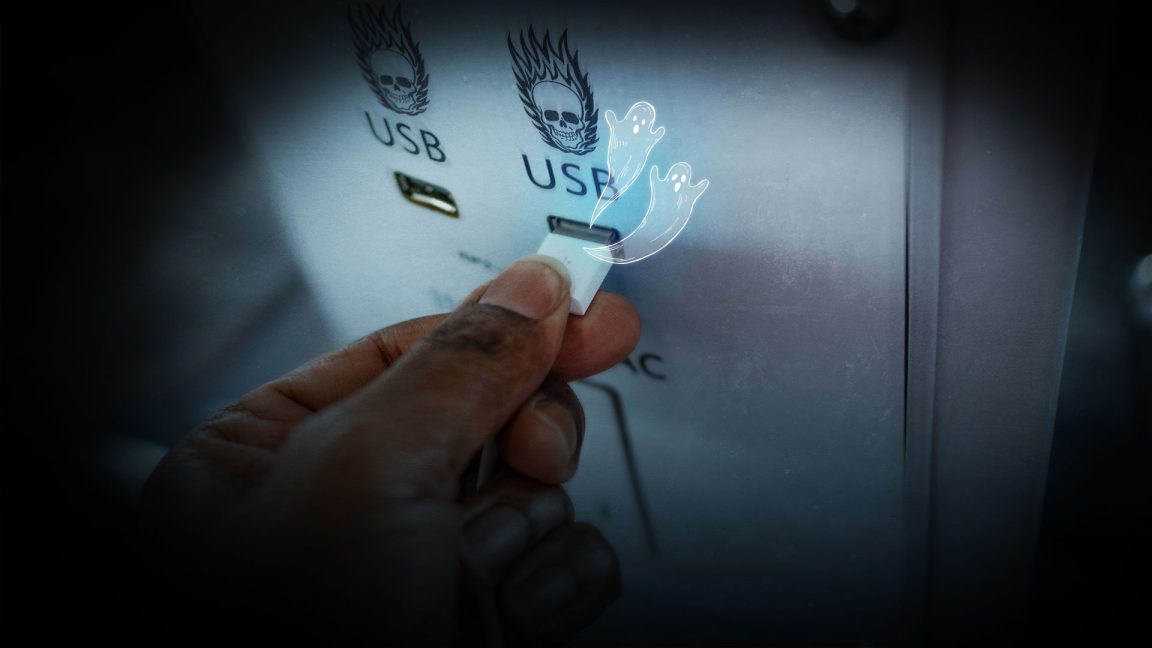
"An attacker would then make the chargers available in airports, shopping malls, or other public venues for use by people looking to recharge depleted batteries. While the charger was ostensibly only providing electricity to the phone, it was also secretly downloading files or running malicious code on the device behind the scenes."
"Starting in 2012, both Apple and Google tried to mitigate the threat by requiring users to click a confirmation button on their phones before a computer-or a computer masquerading as a charger-could access files or execute code on the phone."
A new form of attack, termed 'ChoiceJacking', has emerged, which allows hackers to retrieve data from mobile phones via compromised charging stations. Despite past efforts by Apple and Google to enhance user security against 'juice jacking', vulnerabilities in these protections have persisted, making them easily bypassed. Touching on the origins of juice jacking, the article explains how attackers deploy these malicious chargers in public spaces, and how the ongoing risks reflect a need for improved security measures in mobile technology.
Read at Ars Technica
Unable to calculate read time
Collection
[
|
...
]